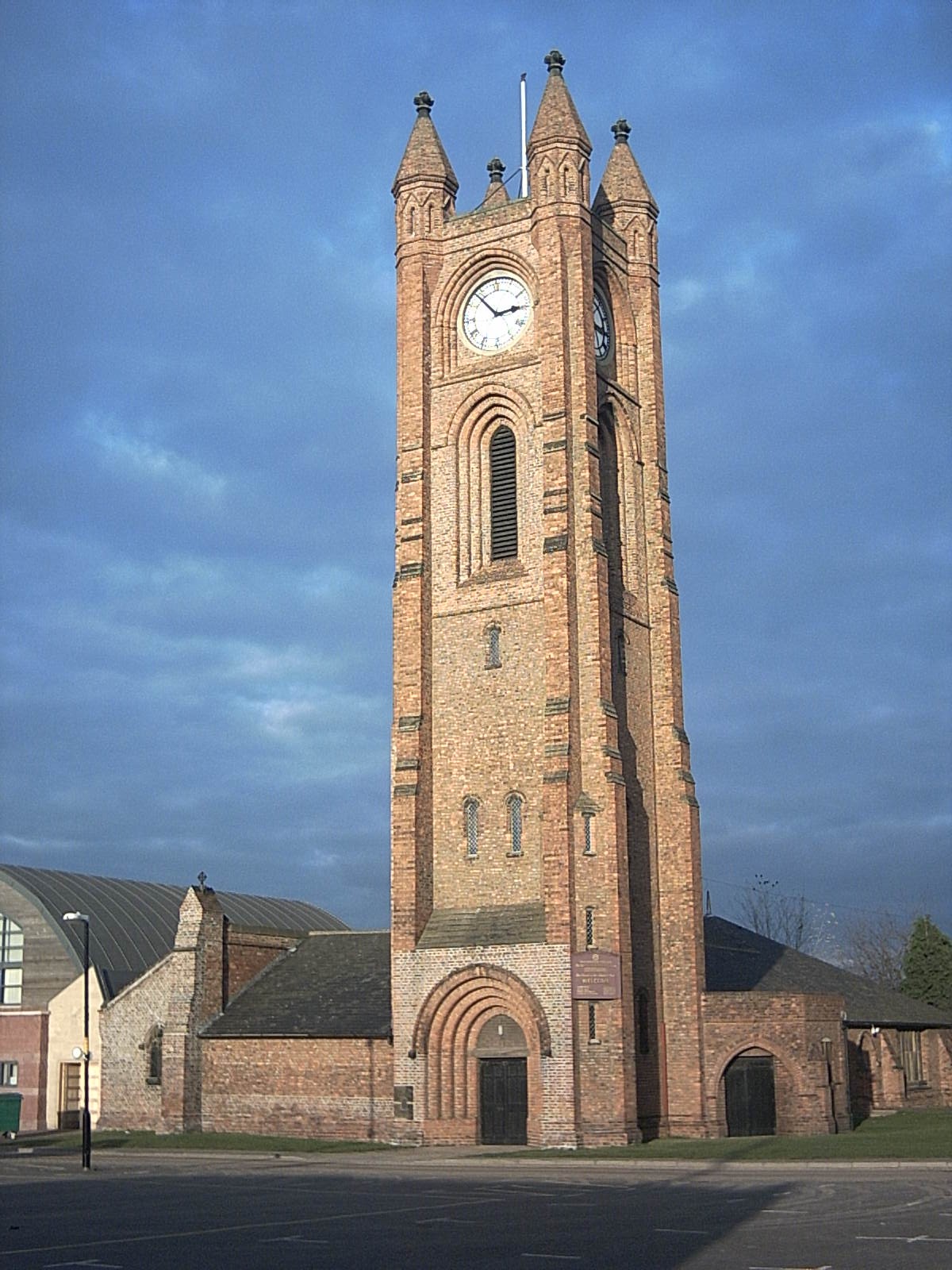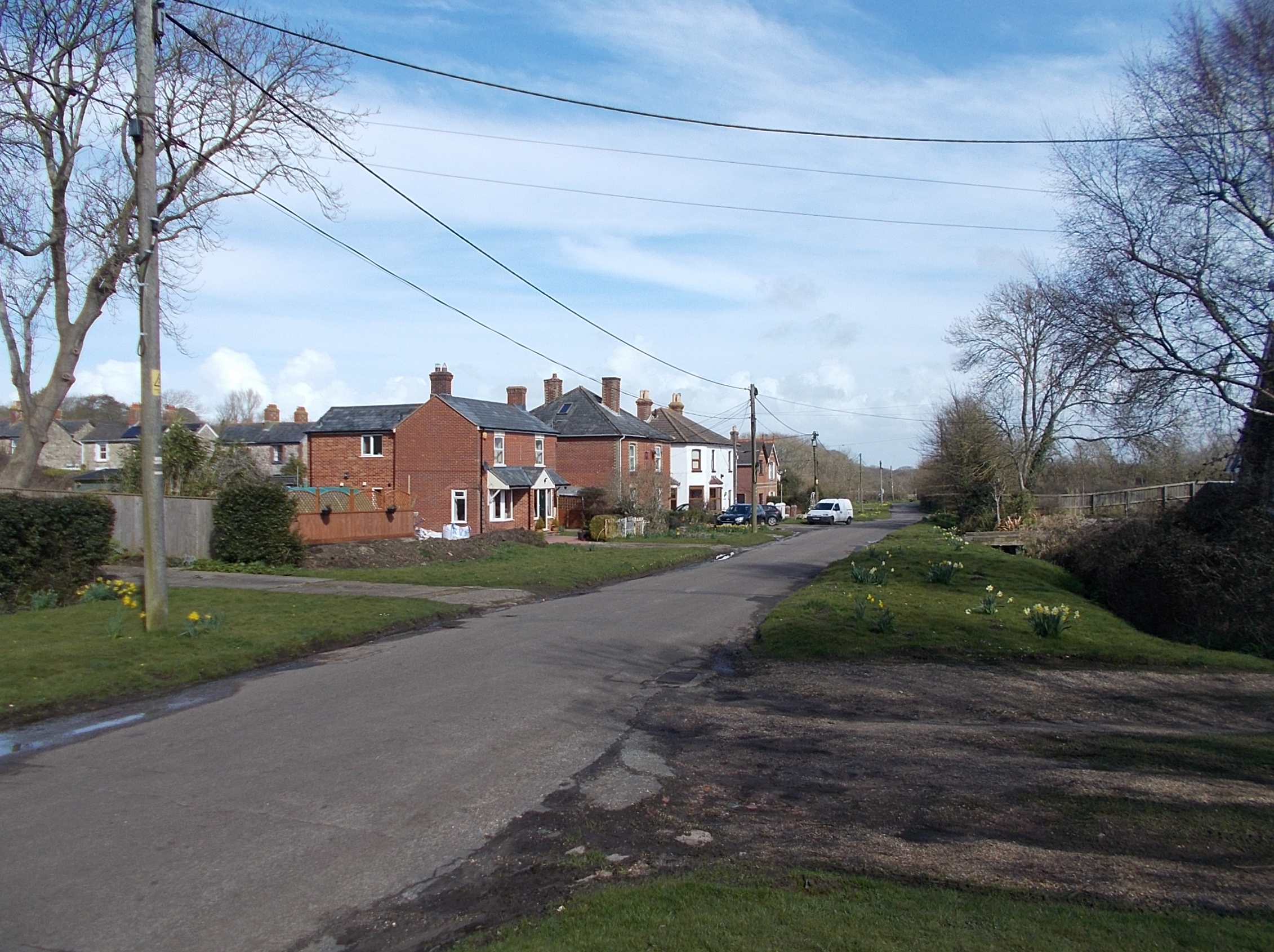|
Middlesbrough Corporation Tramways
Middlesbrough Corporation Tramways operated an electric tramway service in Middlesbrough between 1921 and 1934. History On 4 April 1921 Middlesbrough Corporation Tramways took over operation of the Middlesbrough, Stockton and Thornaby Electric Tramways Company services provided by the Imperial Tramways Company. The fleet comprised 31 tramcars operated jointly with Stockton and Thornaby Corporations between North Ormesby and Norton Green, and between the Middlesbrough Transporter Bridge and Linthorpe. In the first two years of operation, 9 new double-deck tramcars were purchased, the single deck trams were re-equipped, and there was a programme of track doubling and renewals. A depot of 14,250 sq yds was built in Parliament Road, and formally opened on 19 July 1921 by the chairman of the Council Tramways Committee, Councillor Edwin Turner.Transport world, Volume 52, 1922 Closure Bus services gradually replaced tram service from around 1926. In 1933 the company name changed t ... [...More Info...] [...Related Items...] OR: [Wikipedia] [Google] [Baidu] |
Middlesbrough
Middlesbrough ( ) is a town on the southern bank of the River Tees in North Yorkshire, England. It is near the North York Moors national park. It is the namesake and main town of its local borough council area. Until the early 1800s, the area was rural farming land. By 1830, a new industrial town and port started to be developed, driven by the coal and later ironworks. Steel production and ship building began in the late 1800s, remaining associated with the town until post-industrial decline occurred in the late twentieth century. Trade (notably through ports) and digital enterprise sectors contemporarily contribute to the local economy, Teesside University and Middlesbrough College to local education. In 1853, it became a town. The motto ("We shall be" in Latin) was adopted, it reflects ("We have been") of the Bruce clan which were Cleveland's mediaeval lords. The town's coat of arms is three ships representing shipbuilding and maritime trade and an azure (blue) lion, ... [...More Info...] [...Related Items...] OR: [Wikipedia] [Google] [Baidu] |
Middlesbrough, Stockton And Thornaby Electric Tramways Company
The Middlesbrough, Stockton and Thornaby Electric Tramways Company operated an electric tramway service between Middlesbrough, Thornaby-on-Tees, Stockton-on-Tees and Norton between 1898 and 1921.The Golden Age of Tramways. Published by Taylor and Francis. History The Imperial Tramways Company had been acquiring local tramway companies in the area, and once these were all under its control, it rebuilt these as a unified system to connect Middlesbrough and Stockton. From Norton Green, the former steam route was extended beyond Thornaby to Newport, and the former horse route was extended beyond Middlesbrough Town Hall to Borough Road East. From Middlesbrough railway station the line extended beyond Benson Street, to Roman Road. Services started on 16 July 1898. One further extension from Middlesbrough railway station to the ferry opened on 16 August 1901. The depot was located off Boathouse Lane at grid reference . Closure On 2 April 1921, the Middlesbrough, Stockton and Thornab ... [...More Info...] [...Related Items...] OR: [Wikipedia] [Google] [Baidu] |
Imperial Tramways Company
The Imperial Tramways Company Ltd (1878 to 1930) was created to bring under common management a number of street tramways. Originally based in London, its headquarters moved to Bristol in 1892 and from then on it shared its senior management with Bristol Tramways under the chairmanship of George White. History In 1878 Imperial acquired the street tramway systems in Middlesbrough, Dublin (Southern District), Gloucester and Reading, plus the Corris Railway in Wales. The Gloucester system was sold in 1881, the Dublin system in 1898, and Reading was taken over by the town council in 1901. The Darlington system was added in 1898 and taken over by its local council in 1902. In 1894, Imperial formed London United Tramways to develop the moribund West Metropolitan system and, under the energetic leadership of Clifton Robinson, much of the system was electrified. Control of LUT passed from Imperial in the 1900s (it was later acquired by the London Passenger Transport Board in 1933), and ... [...More Info...] [...Related Items...] OR: [Wikipedia] [Google] [Baidu] |
North Ormesby
North Ormesby is an area in the town of Middlesbrough, in the Borough of Middlesbrough, North Yorkshire, England. The area has gained the common nickname of Doggy, it is of unknown origin. Population of the North Ormesby and Brambles Farm ward, as taken at the 2011 census, was 6,268. The area became its own ward in 2015. It is situated to the south of the River Tees, the A66 and adjacent to the Cargo Fleet and South Bank areas of Middlesbrough. The Teesdale Way long-distance trail passes just to the north of the area. North Ormesby is located next to Middlesbrough F.C.'s Riverside Stadium and is a popular route for match-goers. History Its name, as well as those of various streets in the locality, alludes to the support given to the initial construction of North Ormesby, a new town, in the later 19th century by members of the nearby Ormesby-based Pennyman family. The name therefore comes from being in the northern part of the former Ormesby parish. The neighbourhood has i ... [...More Info...] [...Related Items...] OR: [Wikipedia] [Google] [Baidu] |
Norton Green
Norton Green is a Hamlet (place), hamlet on the Isle of Wight. It is located just north of Freshwater, Isle of Wight, Freshwater (where the 2011 Census was included) in the west of the island. External links * Villages on the Isle of Wight {{IsleofWight-geo-stub ... [...More Info...] [...Related Items...] OR: [Wikipedia] [Google] [Baidu] |
Middlesbrough Transporter Bridge
The Tees Transporter Bridge, also referred to as the Middlesbrough Transporter Bridge, is a bridge in northern England. It is the furthest downstream bridge across the River Tees and the longest remaining transporter in the world. The bridge is grade II* listed and its winch house and piers are grade II listed. the bridge is not operational. When working, it carries a travelling 'car', or 'gondola', suspended below the fixed structure, across the river in 90 seconds. The gondola can carry 200 people, 9 cars, or 6 cars and one minibus. The bridge connects Middlesbrough, on the south bank, to Stockton on Tees, on the north bank and carries the A178 road from Middlesbrough to Hartlepool. History The idea of a transporter bridge across the River Tees was first mooted in 1872 when Charles Smith, Manager of the Hartlepool Iron Works, submitted a scheme to Middlesbrough Corporation. However, the scheme was not pursued, and it would not be until the new century that the idea of a t ... [...More Info...] [...Related Items...] OR: [Wikipedia] [Google] [Baidu] |
Linthorpe
Linthorpe is an inner-area of Middlesbrough in the Borough of Middlesbrough, North Yorkshire, England. It contains two wards: Linthorpe (containing the cemetery with a population of 9,711) and Park (containing Albert Park with a population of 5,919). It is near the areas of Acklam, Ayresome, Grove Hill, Middlesbrough centre and Whinney Banks. History Deriving from 'Leofa's village', the present name of Linthorpe has also been recorded as Levynthrop, Levingthorp and Linthrop. The original site was on Burlam Road, Roman Road was probably an original Roman route as can be seen on the map of Roman Cleveland. The present Linthorpe Cemetery was then the village green. 'Levingthorp' grew to included the hamlets of Ayresome and Newport. The Blue Hall was a building situated on the corner of Roman Road and Burlam Road. It was reputedly used by smugglers from Newport. Inevitably a rumour exists that there was a subterranean passage from here to the manor house at Acklam; there is ... [...More Info...] [...Related Items...] OR: [Wikipedia] [Google] [Baidu] |
Hurst Nelson
Hurst, Nelson and Company Ltd was a railway rolling stock manufacturer based in Motherwell, Scotland. The company also built many railway wagons, as well as trams and trolleybus carosseries for several local authorities. Products Glasgow Subway The company built the original trailer carriages for the Glasgow Subway. A batch of 24 four-wheeled vehicles were supplied in 1898. The wheels were of teak, with Bessemer steel tyres, and each had 24 seats, twelve along each side of the carriage. They were similar in style, although shorter than the gripper cars supplied by the Oldbury Railway Carriage and Wagon Company for the opening of the cable-hauled railway in 1896. They were not fitted with a mechanism for gripping the cable, nor did they have automatic brakes, and so relied on the brakes of the gripper cars in operation. Manual hand brakes were provided, and shackles were provided at each corner, so that they could be lowered down onto the tracks at the car sheds pits. Electric li ... [...More Info...] [...Related Items...] OR: [Wikipedia] [Google] [Baidu] |
Southend-on-Sea Corporation Tramways
Southend-on-Sea Corporation Tramways served the town of Southend-on-Sea in Essex from 19 July 1901 until 8 April 1942. History Until the 19th century, Southend-on-Sea did not exist as a place, and the established centres of population were at Leigh-on-Sea to the west and Prittlewell to the north. However, it was developed as a bathing resort in the 18th century, and the first pier was constructed in 1830. This allowed passenger-carrying steamers to visit the town, but only at certain times. Consequently, the pier was extended to reach deep water in 1846, so that the steamers could visit at all states of the tide. A narrow gauge horse tramway was constructed along the pier in 1851, and the arrival of the London, Tilbury and Southend Railway in 1854 led to the development of Southend as a holiday resort for Londoners and a dormitory town for people who worked in London. The pier tramway was electrified in 1890, with current supplied by a conductor rail, and the gauge of the tracks ... [...More Info...] [...Related Items...] OR: [Wikipedia] [Google] [Baidu] |
Tram Transport In England
A tram (called a streetcar or trolley in North America) is a rail vehicle that travels on tramway tracks on public urban streets; some include segments on segregated right-of-way. The tramlines or networks operated as public transport are called tramways or simply trams/streetcars. Many recently built tramways use the contemporary term light rail. The vehicles are called streetcars or trolleys (not to be confused with trolleybus) in North America and trams or tramcars elsewhere. The first two terms are often used interchangeably in the United States, with ''trolley'' being the preferred term in the eastern US and ''streetcar'' in the western US. ''Streetcar'' or ''tramway'' are preferred in Canada. In parts of the United States, internally powered buses made to resemble a streetcar are often referred to as "trolleys". To avoid further confusion with trolley buses, the American Public Transportation Association (APTA) refers to them as "trolley-replica buses". In the United ... [...More Info...] [...Related Items...] OR: [Wikipedia] [Google] [Baidu] |




